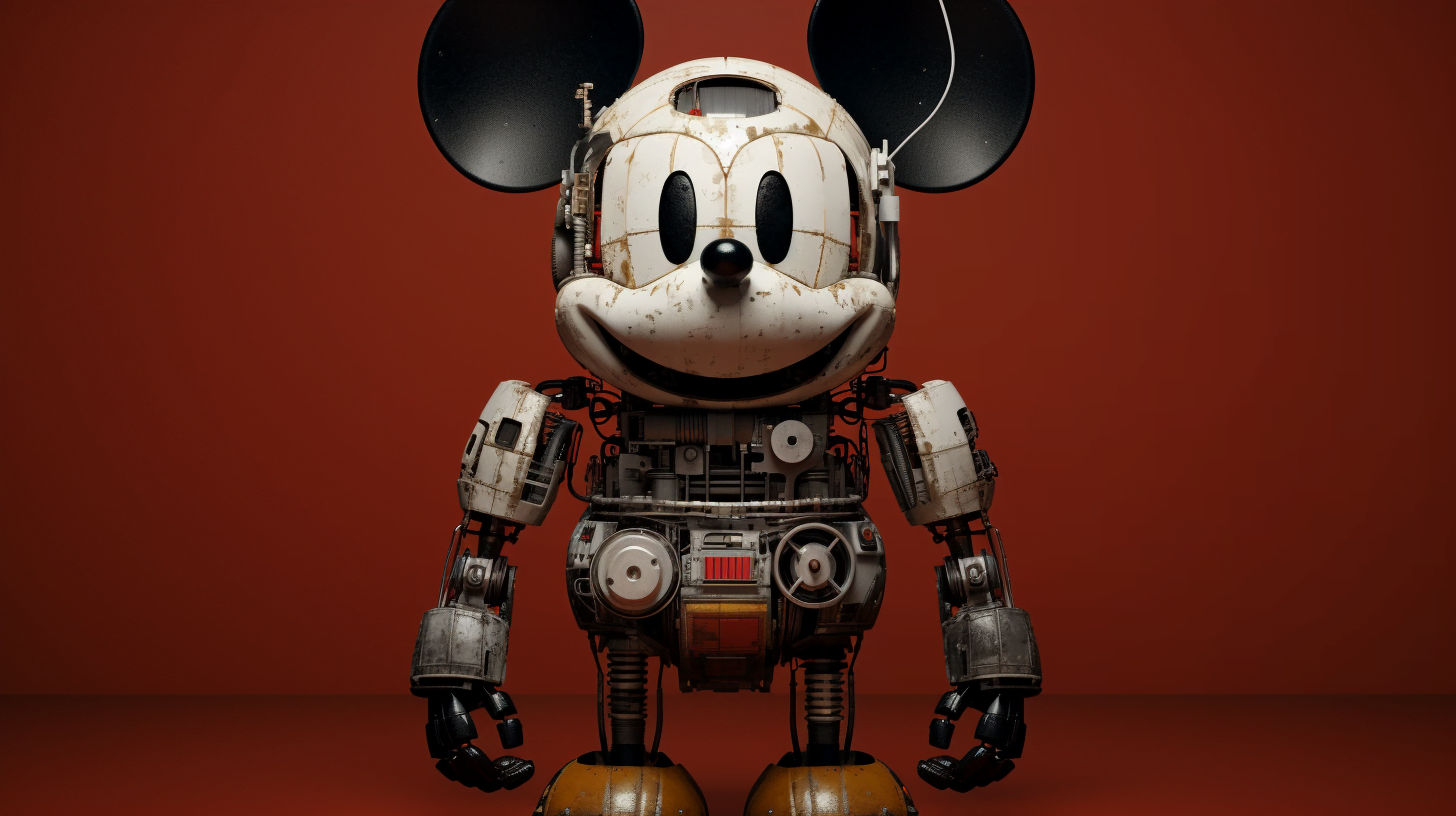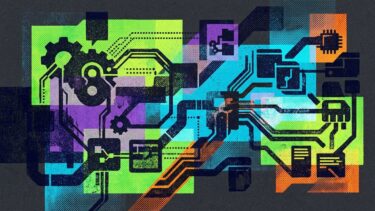Entertainment giant Disney has set up an AI task force to promote the use of artificial intelligence within the company.
Disney set up the task force earlier this year, according to three sources who spoke to Reuters. It will explore how AI can be used across the company and build relationships with startups.
One goal, they said, is to use AI to help control escalating production costs for movies and TV shows, which can run as high as $300 million for major productions. In general, AI is seen as a way to reduce costs in many areas. It could also improve customer service and enable new interactions with guests at Disney theme parks.
One example is the Kiwi Project, which used AI to create 'Baby Groot', a small, free-roaming robot that mimics the movements and personality of the character from Guardians of the Galaxy. Such robots are expected to perform in shows and one day roam freely in parks.
Disney seeks AI experts and cooperates with universities
Disney currently has eleven open positions for AI experts across the company, including studios, parks, engineering, and advertising. The advertising department will develop a "next generation" AI advertising system.
From its earliest days, Disney has invested in modern technology, pioneering the use of synchronized sound in animation: In 1928, Steamboat Willie was the first animated film to feature a synchronized soundtrack.
Today, the company holds more than 4,000 patents and has research partnerships with universities working on artificial intelligence and digital effects
Disney also pioneered the use of deepfake technology in entertainment media with a digital young Luke Skywalker.
As the company pushes forward with AI, Hollywood writers, and actors are currently protesting the use of AI in the entertainment industry. They fear for their jobs with some technologies, such as digital scans of their faces or ChatGPT-like systems, becoming more common.






